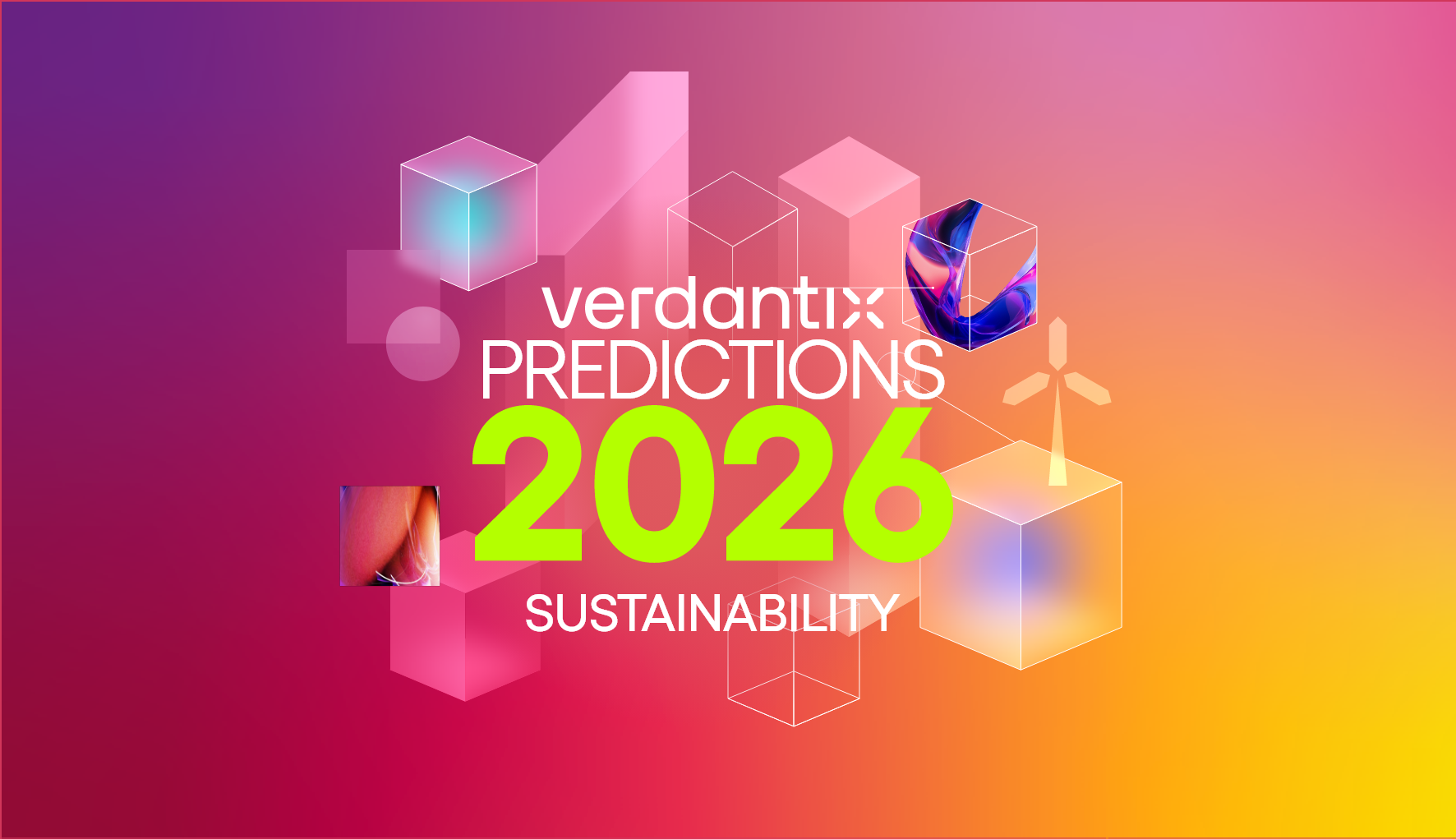Best Practices: Improving ESG Performance In The Supply Chain
09 Jun, 2023
Access this research
Access all Sustainable Supply Chains content with a strategic subscription or buy this single report
Need help or have a question about this report? Contact us for assistance
Executive Summary
Supply chain sustainability refers to a firm’s efforts to minimize adverse social and environmental impacts across a business and a supplier network. A rising regulatory burden, and higher stakeholder expectations, are increasingly pushing firms to commit to ESG-aligned performance in their supply chain. However, supply chain sustainability initiatives often face visibility, data and engagement challenges. This report will help corporates address ESG issues in the supply chain, to avoid exposure to reputational and regulatory risks and build sustainable business resilience.
Stakeholders and regulators push firms to address ESG in the supply chain
External pressure and growing regulatory burden drive supply chain sustainability
Limited data accessibility and opaque insights hinder ESG-related supply chain initiatives
Best practices to improve ESG performance in the supply chain
Acknowledge internal supply chain sustainability capabilities and potential
Improve the engagement and visibility of direct suppliers
Leverage digital technologies to access ESG insights in the supply chain
Adopt a collective approach to drive industry action on supply chain sustainability
External pressure and growing regulatory burden drive supply chain sustainability
Limited data accessibility and opaque insights hinder ESG-related supply chain initiatives
Best practices to improve ESG performance in the supply chain
Acknowledge internal supply chain sustainability capabilities and potential
Improve the engagement and visibility of direct suppliers
Leverage digital technologies to access ESG insights in the supply chain
Adopt a collective approach to drive industry action on supply chain sustainability
Figure 1. Drivers behind increased commitment to ESG and sustainability in the supply chain
Figure 2. Corporate public commitments to supply chain sustainability
Figure 3. Regulations targeting sustainability performance in the supply chain
Figure 4. Supply chain sustainability challenges
Figure 5. Best practices to improve ESG performance in the supply chain
Figure 2. Corporate public commitments to supply chain sustainability
Figure 3. Regulations targeting sustainability performance in the supply chain
Figure 4. Supply chain sustainability challenges
Figure 5. Best practices to improve ESG performance in the supply chain
Amazon, Amnesty International, Apple, Aravo, Assent, Avetta, BBC, Benchmark Gensuite, Blue Yonder, CDP (Carbon Disclosure Project), Danone, Dell, Diginex, Dow Chemical, Ecometrica, European Center for Constitutional and Human Rights (ECCHR), Greenstone, HP, Iberdrola, IBM, IKEA, International Finance Corporation, James Finlay and Co, Levi Strauss, Mercedez-Benz, Microsoft, Mondelez International, Nestlé, Normative, Oracle, Organisation for Economic Co-operation and Development (OECD), QIMA, Responsible Business Alliance (RBA), Reuters, SAI360, SAP, Science Based Targets initiative (SBTi), SHEIN, Turnkey, Ulula, UN Global Compact, Unilever, US Securities and Exchange Commission (SEC), World Economic Forum (WEF), Worldfavor, Yok Impex, Zurich Insurance Group
About the Authors

Elisa Molero
Senior Analyst
Elisa is a Senior Analyst at Verdantix, specializing in supply chain sustainability. Her research covers 100 vendors in the supply chain sustainability market, supporting buye...
View Profile
Kim Knickle
Research Director
Kim Knickle is a Research Director at Verdantix, bringing more than two decades of analyst experience to the evolving world of sustainability. Her current research spans ESG a...
View Profile





